Keyboard ALT + g to toggle grid overlay
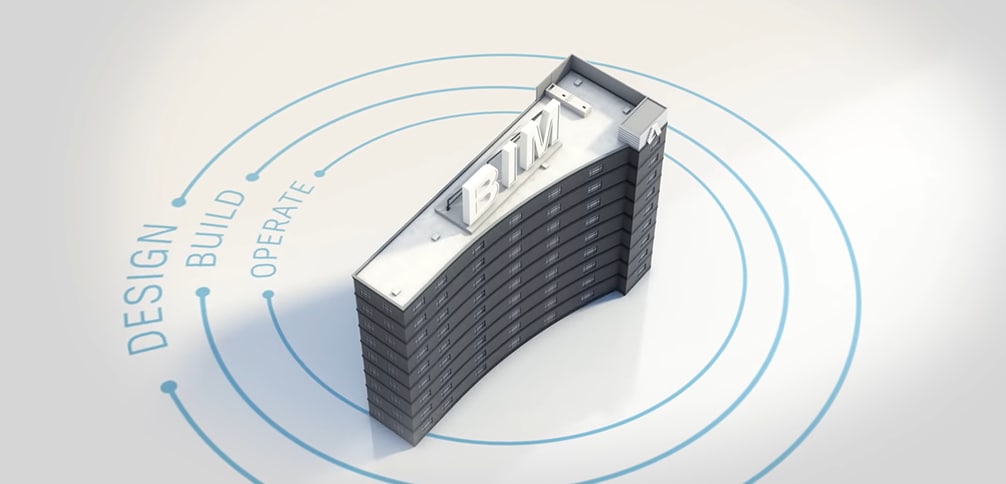
What is BIM?
Building Information Modeling (BIM) is a process that begins with the creation of an intelligent 3D model and enables document management, coordination and simulation during the entire lifecycle of a project (plan, design, build, operation and maintenance).

What is BIM used for?
BIM is used to design and document building and infrastructure designs. Every detail of a building is modeled in BIM. The model can be used for analysis to explore design options and to create visualizations that help stakeholders understand what the building will look like before it’s built. The model is then used to generate the design documentation for construction.
Courtesy of Perkins+Will Architects, Skanska USA
What is the process of BIM?
The process of BIM supports the creation of intelligent data that can be used throughout the lifecycle of a building or infrastructure project.
-
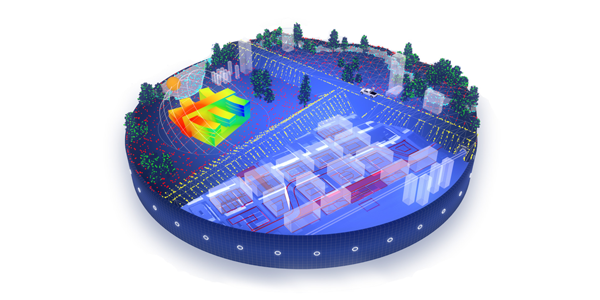
Plan
Inform project planning by combining reality capture and real-world data to generate context models of the existing built and natural environment.
-
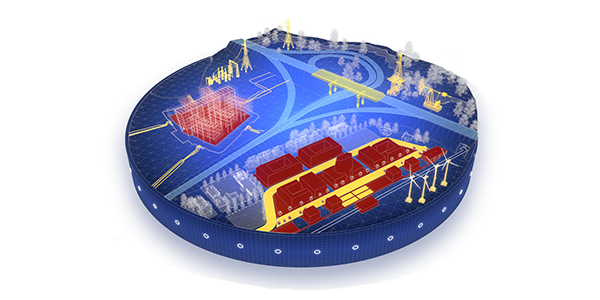
Design
During this phase, conceptual design, analysis, detailing and documentation are performed. The preconstruction process begins using BIM data to inform scheduling and logistics.
-
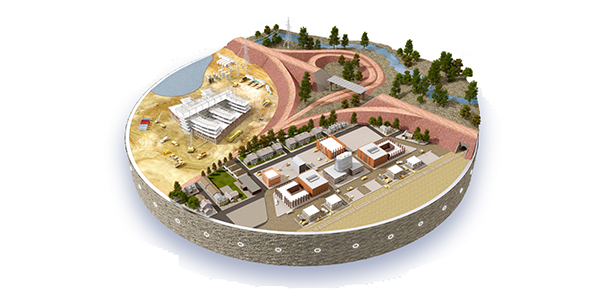
Build
During this phase, fabrication begins using BIM specifications. Project construction logistics are shared with trades and contractors to ensure optimum timing and efficiency.
-
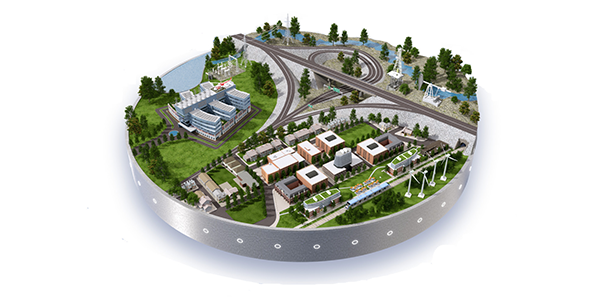
Operate
BIM data carries over to operations and maintenance of finished assets. BIM data can be used down the road for cost-effective renovation or efficient deconstruction too.
Why is BIM important?
According to the United Nations, by 2050 the world's population will be 10 billion. The global architecture, engineering and construction (AEC) industry is responsible for delivering the social and economic spaces for the global population, and for helping maintain and restore the buildings and infrastructure already in use. The industry must look to smarter, more efficient ways to design and build not just as a means to keep up with global demand but to help create spaces that are smarter and more resilient too.
BIM not only allows design and construction teams to work more efficiently, but it allows them to capture the data they create during the process to benefit operations and maintenance activities. BIM data can also inform planning and resourcing on the project, city or country level. This is why BIM mandates are increasing across the globe.

Global BIM Mandates
Many countries have standards mandating that BIM is used on new building and infrastructure projects. These countries include: Brazil, Chile, Denmark, Finland, Norway, United Kingdom, South Korea, Singapore and Vietnam.
How BIM is used in your industry
Learn more about how BIM can help you optimize your work and company processes.
-

Make better design decisions, improve building performance, and collaborate more effectively throughout the project lifecycle.
-

Use intelligent, connected workflows to help improve predictability, productivity and profitability.
-

Digitize your construction site and connect project information from design through construction and handover.
-

Improve MEP (mechanical, electrical, and plumbing) design quality and collaborate in real time to support the project delivery process.
-
Manage the design and construction of intelligent piping, structures, and processes more efficiently and collaboratively throughout project lifecycle and at hand-off.
-
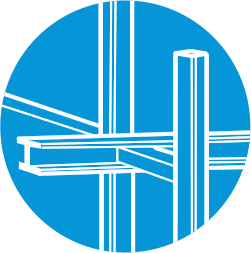
Explore how structural design and detailing software helps you win new business and support project delivery.
Free BIM Resources
Building Design Guide
Learn how BIM workflows automate the ordinary and can help you unlock new levels of creativity and innovation.
INFRASTRUCTURE BIM TIPS
Get personalized BIM-ready tips for transportation, land development, and civil structures in just two steps.
